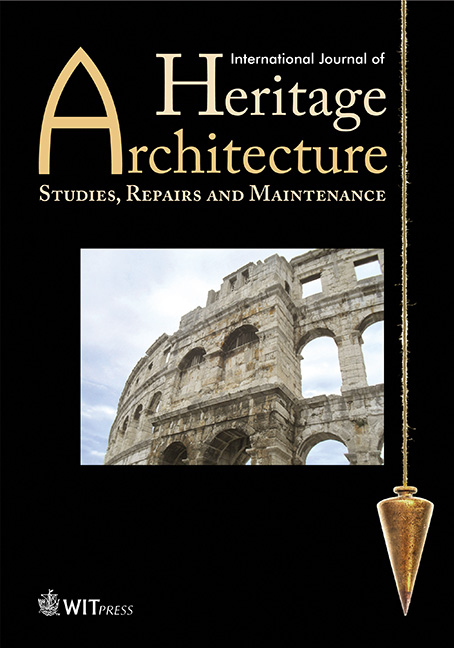THE TYPOLOGY OF THE HISTORICAL TIMBER BRIDGES OF TURKEY
Price
Free (open access)
Volume
Volume 2 (2018), Issue 2
Pages
17
Page Range
230 - 247
Paper DOI
10.2495/HA-V2-N2-230-247
Copyright
WIT Press
Author(s)
SÜHEYLA YILMAZ HALİDE SERT & NURDAN APAYDIN
Abstract
Timber was probably the first material used by humans to construct a bridge structure since Neolithic era. The oldest man-made bridges were probably done by laying tree trunks across streams in girder fashion. Later, many timber bridges were built all over the world, using many variants of beams, cantilevers, trusses and arches. In Turkey, the Hittite Bridge in Ambarlıkaya near Hattuşa, the capital city of the Hittite Empire, today in Çorum Province, is known as the oldest bridge constructed with wooden beams laid across Ambarlıkaya gorge. In Turkey, historical timber bridges belonging to ancient times could not survive till now while only a few belonging to the 19th century are still standing and reflect the materials and construction technologies of the past. Those bridges, therefore, are very valuable and deserve to be discovered in terms of their technical specifications. The present study is an effort to classify the historical timber bridges in Turkey that have survived up until today. To do that, the study has started with literature survey about the historical development and classification of timber bridges throughout the history in the world. By using that knowledge, the historical timber bridges in Turkey were classified in groups depending on their construction technologies. Discovery of the visible and invisible technical features of historical timber bridges has vital importance for transferring that knowledge to conservation practitioners for repairs and maintenance of these bridges. This research is, in fact, a useful and effective attempt to transfer that knowledge achieved in the past to young generations.
Keywords
conservation, historical timber bridges, preservation, typology




